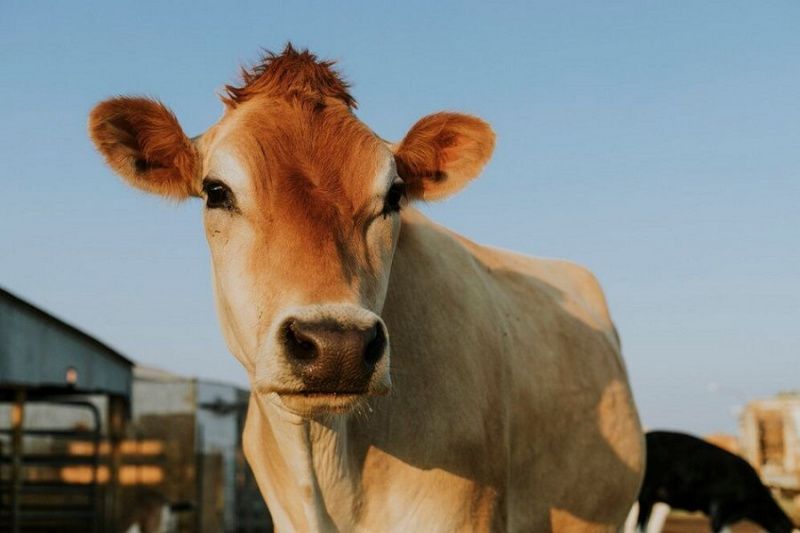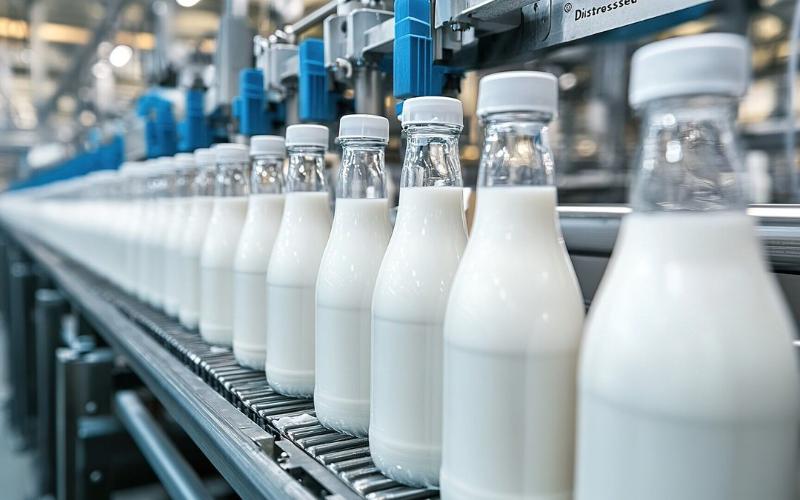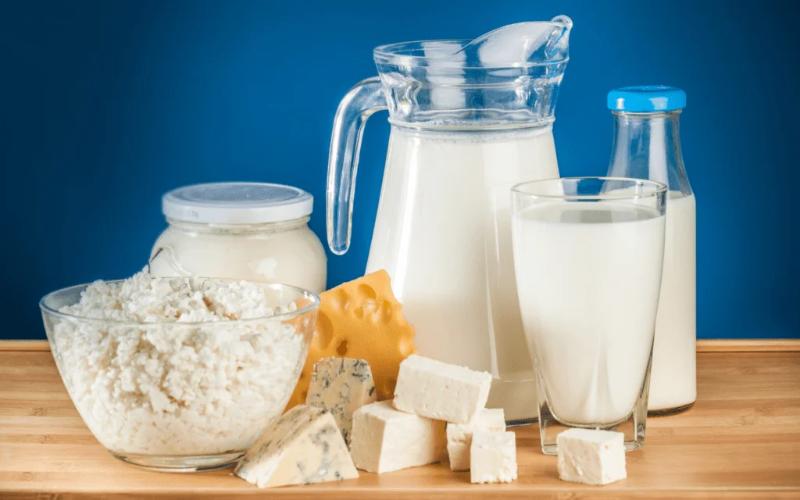OECD and FAO Forecasts Moderate Growth in Global Dairy Production Amidst Evolving Market Dynamics
Sourse: The DairyNews
The latest OECD-FAO Agricultural Outlook for the period 2024-2033 projects a moderate growth rate of 1.6% per annum in global milk production, potentially reaching 1085 million tonnes by 2033.

This growth, primarily driven by increased yields per animal, is expected to be more robust than other major agricultural commodities. Notably, more than half of this growth is anticipated to originate from India and Pakistan, with these countries projected to account for over 30% of global production by the end of the forecast period.
While the world's second-largest milk-producing region, the European Union (EU), may see a slight decline in production due to environmental policies and a shift towards organic and pasture-based systems, Oceania and North America are expected to experience moderate growth. The report highlights that global dairy demand will continue to rise, driven by population and income growth, particularly in Asia, with India and Pakistan leading in the consumption of fresh dairy products.
However, the landscape for dairy exports is changing. The EU, New Zealand, and the United States are projected to remain the top exporters of processed dairy products, jointly accounting for nearly 70% of total exports. New Zealand continues to lead in butter and whole milk powder (WMP) exports, while the U.S. has recently surpassed the EU as the dominant exporter of skim milk powder (SMP). Meanwhile, China is expected to remain the world’s largest importer of milk products, despite a potential decrease in WMP imports due to an increase in domestic production and consumer preference shifts.
The Outlook also addresses the competitive pressures from plant-based alternatives, which have gained traction in regions such as East Asia, Europe, Oceania, and North America. This trend is contributing to a projected decline in per-capita consumption of fresh dairy products in these regions, as more consumers opt for plant-based substitutes. This shift is influenced by varying views on the environmental and health impacts of such alternatives, adding a layer of uncertainty to long-term dairy demand.
Additionally, the report underscores several challenges facing the dairy sector, including economic pressures, environmental constraints, and the need to reduce greenhouse gas emissions. Dairy production in some regions is also vulnerable to animal disease outbreaks, which could further impact production and trade dynamics.
As the global dairy market continues to evolve, stakeholders must navigate a complex array of factors to sustain growth and adapt to changing consumer preferences. This includes embracing sustainable production practices and exploring new markets, particularly as countries like India begin to play a more active role in the international dairy scene. The coming decade will likely see significant transformations in how dairy products are produced, traded, and consumed across the globe.
While the world's second-largest milk-producing region, the European Union (EU), may see a slight decline in production due to environmental policies and a shift towards organic and pasture-based systems, Oceania and North America are expected to experience moderate growth. The report highlights that global dairy demand will continue to rise, driven by population and income growth, particularly in Asia, with India and Pakistan leading in the consumption of fresh dairy products.
However, the landscape for dairy exports is changing. The EU, New Zealand, and the United States are projected to remain the top exporters of processed dairy products, jointly accounting for nearly 70% of total exports. New Zealand continues to lead in butter and whole milk powder (WMP) exports, while the U.S. has recently surpassed the EU as the dominant exporter of skim milk powder (SMP). Meanwhile, China is expected to remain the world’s largest importer of milk products, despite a potential decrease in WMP imports due to an increase in domestic production and consumer preference shifts.
The Outlook also addresses the competitive pressures from plant-based alternatives, which have gained traction in regions such as East Asia, Europe, Oceania, and North America. This trend is contributing to a projected decline in per-capita consumption of fresh dairy products in these regions, as more consumers opt for plant-based substitutes. This shift is influenced by varying views on the environmental and health impacts of such alternatives, adding a layer of uncertainty to long-term dairy demand.
Additionally, the report underscores several challenges facing the dairy sector, including economic pressures, environmental constraints, and the need to reduce greenhouse gas emissions. Dairy production in some regions is also vulnerable to animal disease outbreaks, which could further impact production and trade dynamics.
As the global dairy market continues to evolve, stakeholders must navigate a complex array of factors to sustain growth and adapt to changing consumer preferences. This includes embracing sustainable production practices and exploring new markets, particularly as countries like India begin to play a more active role in the international dairy scene. The coming decade will likely see significant transformations in how dairy products are produced, traded, and consumed across the globe.














